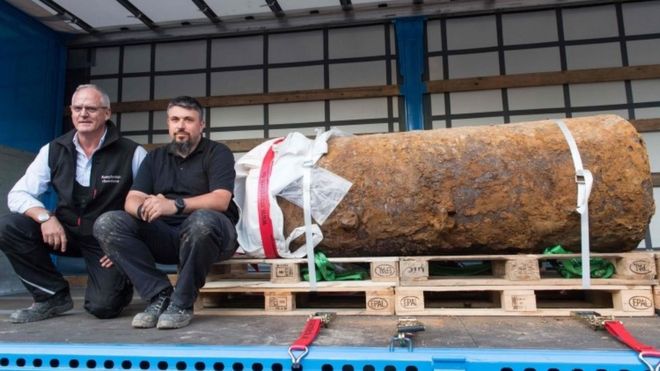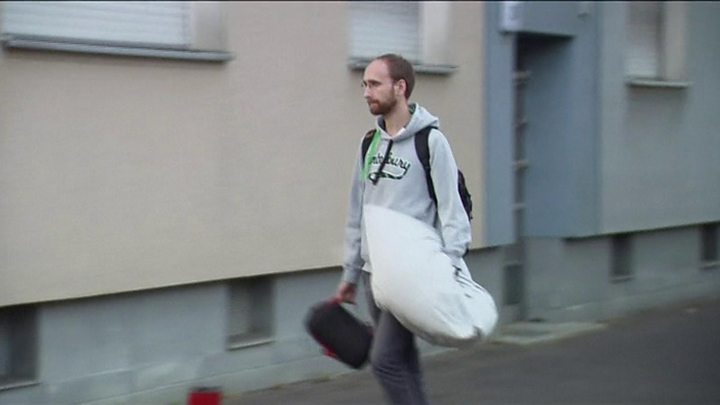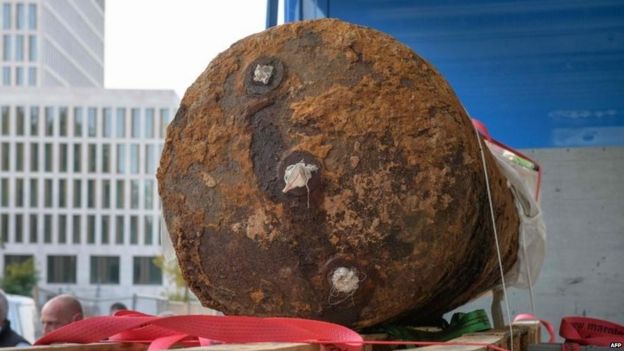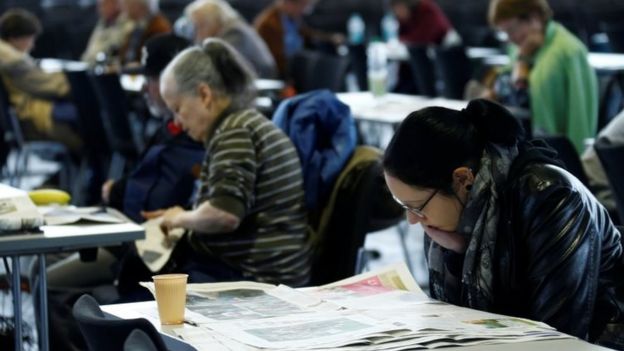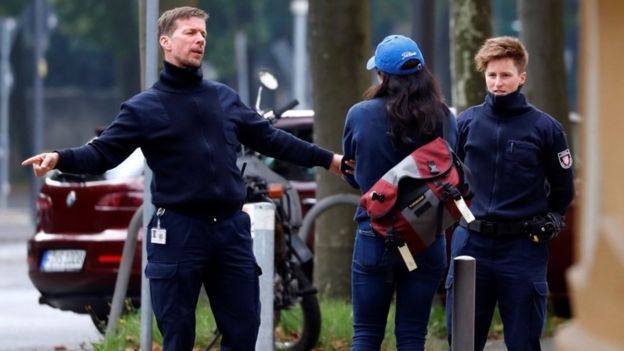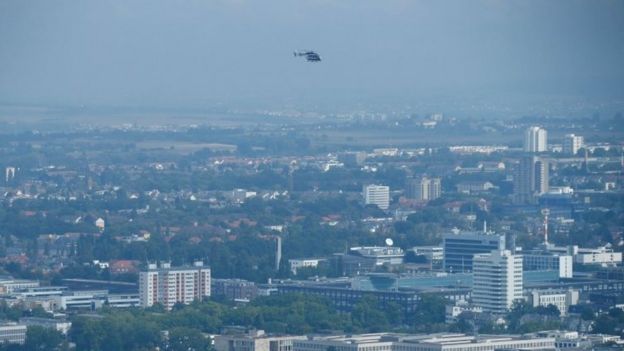Apparently it is assumed that with the holidays fast approaching, all Christmas luncheons and parties should be held the first week of December thereby "freeing" us all up for others things the rest of the month. Unfortunately, it also makes for one hectic and busy week but lots of fun too!
The Legal department ate at a great German restaurant that has been serving food since the late 1700's around the time of the Revolutionary War. The same family has owned it since the late 1800's!
Don and Jill Roberts ( who is our volunteer volunteer coordinator for refugee projects : what they will do when she goes home to Idaho next month is scary: she is so awesome and a dear friend) with Lynn Driscoll our British barrister in the office! No really, she was a barrister in London before going to work for the church.
Paula and David Thomas with Christian Wolfert. David is a retired law professor from the J. Reuben Clark law school at BYU and Paula has done oral histories of many of the refugees and church members in the Europe Area while serving here in Frankfurt, including one with Randy and I. She is our main volunteer at Krift and I have no idea what will happen there when she goes home in 2 months! A lovely friend who will be living quite near us post mission. Christian is also a Legal coordinator in the office and one of the mid-singles who helped out for weeks on our baby boxes.
The next event this week took place on St. Nikolas day. The Caritas staff gave all their volunteers and staff a final thank-you for the service rendered at the Rebstok refugee camp. This is Andrea, a favorite of mine whom I will miss a lot.
\
After the luncheon and thank you speeches we were asked to return to Rebstok where a photo shoot took place for Caritas that had helped sponsored the summer fest a few months ago. A state minister came and gave Caritas €6500 for having such great volunteers and doing a good job of helping the refugees integrate into German society. We were delighted when so many of the refugee families also returned and had sort of a reunion of sorts since they are all now in differing living situations. I loved the hugs and genuine warmth extended to us as volunteers and received from all these people we have come to love. Both of those boys have grown at least 6 inches this summer
The ward Christmas party was Saturday night : we had gone back into Frankfurt to the flea market one last time Saturday morning after we realized it was too cold for a bike ride. I found a couple of ornaments and Randy bought a watch repair kit. . Randy and I took Elfi with us to the ward party in the evening. The young women of the ward were in charge and did a great job from the the decor to the food to the entertainment. They worked so hard to make this a lovely evening. Our friend, Nicole Ludwig, who has been our contact with the Rebstok refugees and now with Krift, also came with Trisha Leimer, one of the forces with Their Story is Our Story. I was so happy she would honor us again by participating with us as she has been integral to our volunteer service with the refugees and been a friend to all of us.
Sunday we had two or three more events: lunch at our house with Elfi, then we took dinner over to Elder and Sister Wright (family history technicians). She had blown out a disk and they did microsurgery on Thursday. She came home this morning and is doing really well.
Then we finished the evening with a wonderful dinner with Kiever and Constanza and their 2 month old son Arturo, who is a doll. Lovey black hair and starting to talk back when you talk with him. What a sweetheart and they are going to be great parents.











































